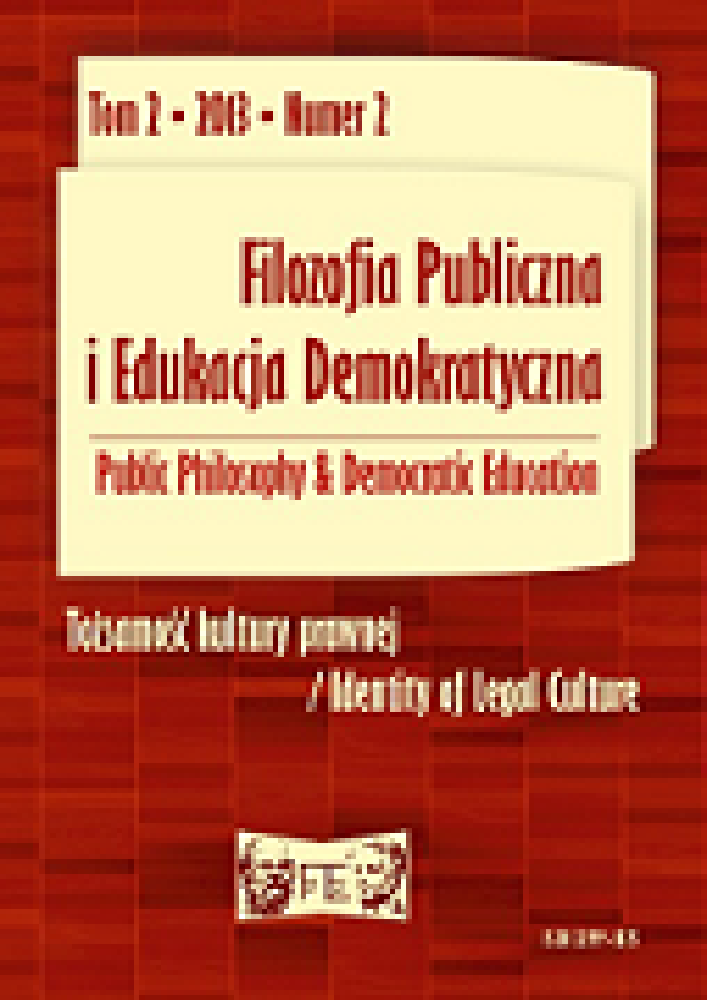Abstrakt
Motivation regulation has a profound effect on the students’ learning and associated achievement. Yet, to date, there is a lack of a brief and valid approach for systematically assessing the regulation of learning motivation from the perspective of psychometrics, especially for the high middle school students. This study develops a general scale for quantitatively assessing the learning motivation regulation of high middle students, based on the combination of literature analysis and open‑ended interviews in china General Learning Motivation Regulation Scale for Chinese High Middle School Students (GLMR‑CHMSS). A total of 2,304 questionnaires of high middle school students were included for item analysis and exploratory factor analysis, and another 2,304 questionnaires of high middle school students were subjected to confirmatory factor analyses and a validation and reliability test. The scale consisted of 24‑items that can be divided into four factors: intrinsic motivation regulation, extrinsic motivation regulation, volitional behavioural regulation, and self‑efficacy regulation. As indicated by the confirmatory factor analysis with the control group, the four‑factor structure model of the GLMR‑CHMSS fitted well (χ2 /df=7.839, RMSEA=0.054, CFI=0.918, TLI=0.908). In ad dition, using academic achievement as the empirical validity criterion, the scores of each factor of GLMR‑CHMSS and the scale score were significantly correlated with academic achievement were the reliability indicators. This study show cases a novel and valid tool for mesuring the degree of learning motivation regulation of high middle school students in China.
Bibliografia
Bain, Alexander. The emotions and the will. John W. Parker, 1859. DOI: https://doi.org/10.1037/10617-000
Bandura, Albert. “Perceived self efficacy in cognitive development and functioning.” Educational psychologist 28.2 (1993): 117–148. DOI: https://doi.org/10.1207/s15326985ep2802_3
Chen, Zhimin, and Chen, Dongchun.” A Review of Domestic Research on College Students’ English Learning Motivation Based on the Literature from 2000–2018.” Journal of Lingnan Normal College 40.04(2019): 110–117.
Field, Andy. Discovering statistics using IBM SPSS statistics. sage, 2013.
Gao, Yue,and Liu, Honggang.” An empirical study of second language motivation regulation strategies for non English major college students.” Journal of PLA Foreign Language Institute 37.02(2014): 33–42.
Hou, J. T. Wen, Z. L. Cheng, Z. Juan. Structural equation modeling and its applications (with CD ROM). Educational Science Press, 2006.
Huang Qian,and Han Yuping.” A Study on Motivation Monitoring Strategies for College Students’ English Learning Based on Structural Equation Modeling.” Foreign Languages 30.02(2014): 173–178.
Hui, Liang Hong,and Ding, Xiu Qin.” A study on motivation regulation strategies for college students’ English writing learning.” Journal of Beijing Second Foreign Language Institute 33.08(2011): 76–80+62.
Hui, Lianghong, Hui, Xiaomeng,and Wei, Jingjing.” The effect of English learning motivation on effort level: The mediating effect of motivation regulation a case study of three key high schools in Hebei.” Journal of Inner Mongolia Normal University (Education Science Edition) 31.10 (2018): 97–102.
Hui, Liang Hong, et al. “A review of research progress on motivational regulation strategies at home and abroad – based on a self regulated learning perspective.” Higher Science Education .03(2020): 57–62.
Kim, Yeo eun, Anna C. Brady, and Christopher A. Wolters. “Development and validation of the brief regulation of motivation scale.” Learning and Individual Differences 67 (2018): 259–265. DOI: https://doi.org/10.1016/j.lindif.2017.12.010
Lepper, Mark R. “Motivational considerations in the study of instruction.” Cognition and instruction 5.4 (1988): 289–309. DOI: https://doi.org/10.1207/s1532690xci0504_3
Li Kun.” A study on motivation regulation strategies of English learning among Chinese college students.” Modern Foreign Languages 32.03(2009): 305–313+330.
Li Kun.” A study of English learning motivation regulation strategies for secondary school students.” Theory and Practice of Foreign Language Teaching .01(2013): 86–90+85.
Li, Xiaodong, Xue, Lingling,and Han, Qintong.” A Study on Motivation Regulation Strategies of College Students.” Journal of Jiangsu University (Higher Education Research Edition) .01(2006): 17–21+34.
Liu Huan. Study on the relationship between high school students’ motivation, self management ability and academic procrastination. 2017. Tianjin Normal University, MA thesis.
Pallant, Julie. SPSS survival manual: A step by step guide to data analysis using IBM SPSS. Routledge, 2020. DOI: https://doi.org/10.4324/9781003117452
Qu, La,and Wang, Hongfei.” Revision of the Motivation Monitoring Strategies Scale and Examination of Reliability Validity.” Journal of Shaanxi College of Education .04(2005): 19–22.
Suarsi, Putu Dharma Komala, and I. Made Citra Wibawa. “The Impact of the COVID–19 Pandemic on Student Learning Motivation.” Jurnal Ilmiah Sekolah Dasar 5.2 (2021): 194–201. DOI: https://doi.org/10.23887/jisd.v5i2.34418
Wen, Fang.” A study on the characteristics of secondary school students’ proactive personality and its correlation with learning adaptability and academic performance.” Educational Measurement and Evaluation (Theory Edition) .11 (2014): 41–46.
Wolters, and A. Christopher . “Regulation of Motivation: Evaluating an Underemphasized Aspect of Self Regulated Learning.” Educational Psychologist 38.4(2003): 189–205. DOI: https://doi.org/10.1207/S15326985EP3804_1
Wolters, Christopher A., and Maria B. Benzon. “Assessing and predicting college students’ use of strategies for the self regulation of motivation.” The Journal of Experimental Education 81.2 (2013): 199–221. DOI: https://doi.org/10.1080/00220973.2012.699901
Wu, Ming Lung. Practical statistical analysis of questionnaires : SPSS operations and applications. Chongqing University Press, 2010.
Zhong, Lin.” A study on the relationship between motivation regulation strategies, academic procrastination and English performance among non English major college students.” Explorations in Higher Education .11(2017): 58–63.
Licencja

Utwór dostępny jest na licencji Creative Commons Uznanie autorstwa – Użycie niekomercyjne – Bez utworów zależnych 4.0 Międzynarodowe.
Prawa autorskie (c) Autorzy zachowują prawa autorskie i prawa do publikacji swoich artykułów w tym czasopiśmie, przyznając czasopismu prawo do ich rozpowszechniania na warunkach CC BY-NC-ND 4.0
